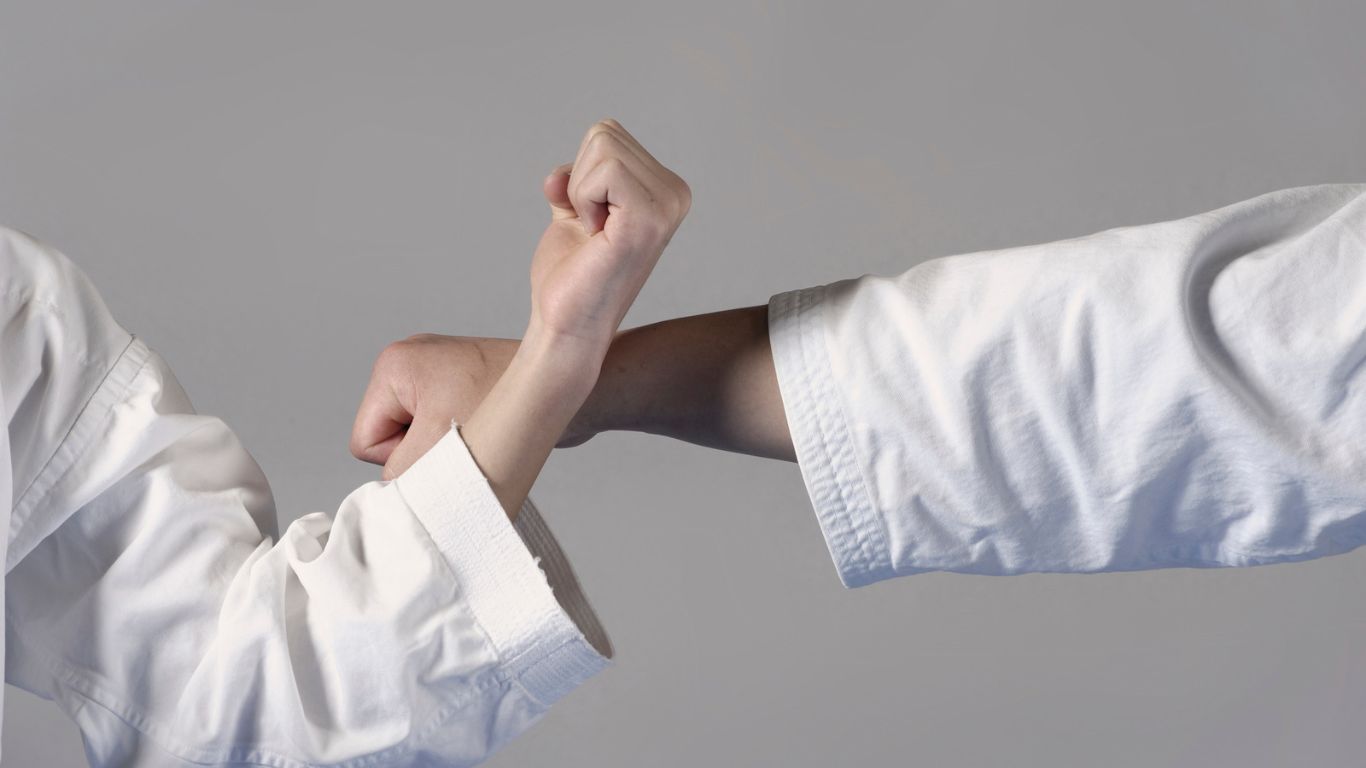In RKD Karate, the term "receiving strike" (Uke) is used to refer to a type of defensive technique that is an essential component of the martial art. Unlike many other styles, where the term "block" is used to describe similar techniques, in RKD Karate, the focus is on "receiving" an incoming attack and redirecting as part of an attack, or attacking it directly, rather than simply stopping it. This approach to defense is an important aspect of the philosophy and techniques of RKD Karate and is integral to the development of a well-rounded practitioner. This is why learning the Uke is a feature of Blue Belt and the form Ku no Dō (Path of Emptiness).
Receiving strikes are an essential component of the self-defense aspect of RKD Karate. They are designed to allow the practitioner to safely and effectively defend themselves against incoming attacks, while also controlling the situation and preventing further escalation. The techniques involve redirecting the attacker's energy, rather than simply stopping it, which allows the practitioner to maintain control and effectively neutralize the threat.
In addition to their self-defense applications, receiving strikes are also an important component of the sparring aspect of RKD Karate. Sparring is an important part of the training process, as it allows the practitioner to develop their techniques in a safe and controlled environment. Receiving strikes are used in sparring to defend against incoming attacks and to create openings for counterattacks.
The development of effective receiving strikes requires a deep understanding of the techniques and principles of RKD Karate. It requires the practitioner to develop good body mechanics, proper posture, and timing, as well as a strong foundation in the basics of the martial art. The ability to effectively receive strikes is a result of many hours of training and practice, and is a testament to the dedication and hard work of the practitioner.
In conclusion, the importance of receiving strikes in RKD Karate cannot be overstated. They are an essential component of the self-defense and sparring aspects of the martial art, and are an important part of the development of a well-rounded practitioner. Through dedicated training and practice, the practitioner can develop the skills and knowledge necessary to effectively use receiving strikes in real-world self-defense situations. Whether you are just starting your journey in RKD Karate or are a seasoned practitioner, the development of effective receiving strikes should be a priority in your training.


